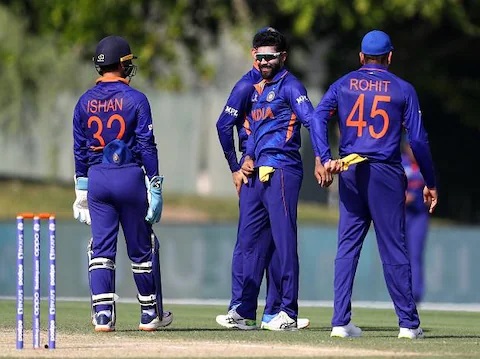Domestic Cricket in India
Domestic Cricket was introduced to the Indians by the British in the early 1700s and the first match in the country was probably played in 1721. When cricket started in India, it was considered a rich men’s sport with the game being limited to people in the upper echelons of the British Empire.
The first domestic cricket club was established in 1792 and is known as the Calcutta Cricket Club. In 1848, the Parsees formed the Orient Cricket Club in Bombay and Indian domestic cricket continued to thrive in Bombay.

Indians continued to play cricket but didn’t have a recognized board to play professionally. So, in 1928, the Board of Control for Cricket in India (BCCI) was formed. The famous pentangular tournament was formed which consisted of the Europeans, Parsees, Hindus, Mohammedans and the Rest.
The pentangular soon became the largest cricket tournament in Indian domestic cricket but was later abolished by Mahatma Gandhi as the tournament was played on religious grounds. The game was being played by working-class people as compared to the rich when cricket started in India.
Indian Test cricket took off in 1932 when it played its first Test match against England at Lord’s. This match was the catalyst for the Ranji Trophy, the premium domestic cricket tournament in India, which was started in 1934 by the BCCI. It was named after India’s top international cricketer Kumar Ranjitsinhji.
Although other domestic cricket tournaments have come up, the Ranji Trophy remains the biggest Indian domestic cricket tournament to this day. It has mainly acted as a constant supply chain for Indian Test cricket, producing greats like Sunil Gavaskar, Sachin Tendulkar and Virat Kohli.
Indian domestic cricket has been dominated by Bombay, with Karnataka and Delhi challenging them at various points in time. Mumbai is the side with the highest number of championships with 41 including 15 back-to-back wins between 1958-59 and 1972-73. Karnataka is a distant second with 8 wins and 14 final appearances, while Delhi has won the domestic cricket tournament 7 times and made 8 final appearances.
The Irani Trophy was conceived on the domestic cricket calendar during the 1959–60 season to mark the completion of 25 years of the Ranji Trophy championship. The fixture is played annually between the incumbent Ranji Trophy winners and the Rest of India Teams.
As One-day cricket gained popularity in the 1970s, the BCCI started the Deodhar Trophy in 1973-74, which is India’s premier one-day domestic cricket competition. This tournament is played on a zonal basis with teams from 5 zones competing, unlike the Ranji Trophy. North Zone is the most successful team in this competition with 13 titles.
The Syed Mustaq Ali trophy was introduced by the BCCI in 2006-07 to keep up with the increasing popularity of T-20 cricket around the world. It was named after the famous Indian cricketer Syed Mustaq Ali. Tamil Nadu was the inaugural winner and was also the most successful side with 3 championships.
The Indian domestic cricket calendar has evolved quite a bit compared to when cricket started in India with India becoming a major powerhouse in world cricket.